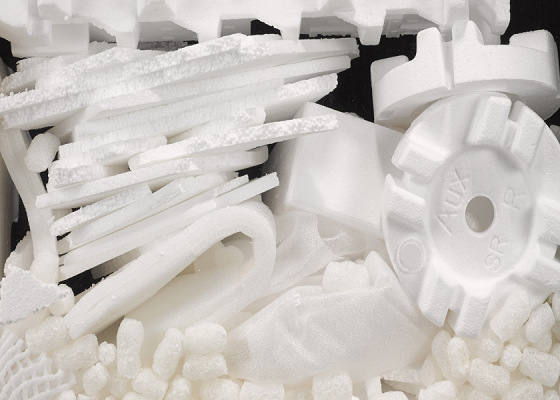The need for sustainable products, including expanded foam plastics, is rather noticeable nowadays. When recycling foam products like expanded polyethylene and also polypropylene, economical transportation is commonly a significant concern that can make or damage a recycling program.
Expanded polyethylene (EPE) and also expanded polypropylene (EPP) have ended up being resources for a range of packaging and energy absorption needs. In most cases, these materials are completely recyclable and even more useful as recycled commodities. The worth of recycled polyethylene and polypropylene recycling codes remains to climb as a growing number of methods for these recycled products are emerging. Ecological debates over plastic products have increased the need to divert these foam products from garbage dumps. Yet all frequently, these fine materials that remain in high demand in the marketplace are sent to landfills as waste.
The case for expanded polypropylene and polyethylene foam recycling
Both expanded polyethylene and expanded polypropylene have terrific potential for recyclability and their existing values reflect that. The current worldwide market for polypropylene is anticipated to reach $133.3 billion by 2023. As for polyethylene, the global market is expected to get to $206 billion by 2023.
While like expanded polystyrene (EPS), expanded polyethylene and polypropylene do have distinctive distinctions. One is that they cannot be processed in the same manner as expanded polystyrene. Compacting tools make it feasible for these foam products to be recycled financially. However, with many expanded polyethylene as well as polypropylene, you need to maintain them pressed throughout the foam reusing procedure because of their high memory, or ability to retain their original form.
Unlike numerous polyethylene and polypropylene movies that can be baled for consolidation to an end-user, expanded/extruded polyethylene foam, as well as polypropylene foams, cannot be compressed to the suitable thickness and keep compression with typical baling equipment.
In order to achieve a suitable compression density for affordable transport during the polypropylene or polyethylene foam recycling process, a foam compactor that can manage these products need to be utilized. Having the appropriate condensing equipment for EPE and EPP recycling will not only provide compression thickness that will certainly make it possible for optimal lots of capacities on a trailer yet will likewise provide a method of simplicity in palletizing and/ or loading of trailers.
Why do you require GREENMAX foam warm melting device for expanded polypropylene and expanded polyethylene foam recycling?
GREENMAX warm melting maker supplies both required elements to achieve compression and simplicity for palletizing EPP and EPE. Utilizing a foam compactor makes it less complicated to prepare these products so they can be carried out much more efficiently and also financially. Firms that make use of these compactors are assisting to lower the amount of EPP and also EPE waste that has been mosting likely to landfills as well as providing value that positively influences their business revenues.
